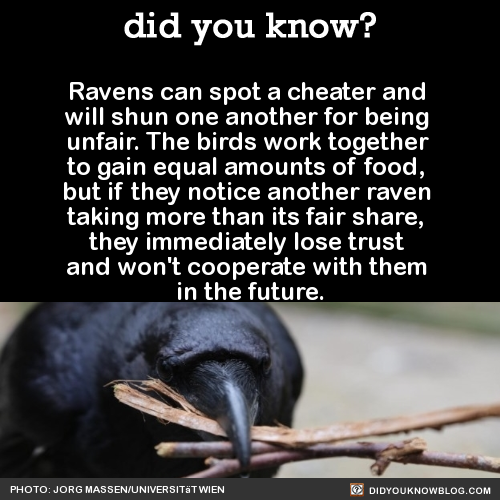Welcome To A Three Part Series Of Kitchen Appliance Design Using Unconventional And Sustainable Materials.

Welcome to a three part series of kitchen appliance design using unconventional and sustainable materials.
Part one of the series is a toaster designed using steam-bent bamboo plywood, glass toasting trays, a 2″x1″ touchscreen and quick-cooling coils embedded within the glass toasting trays. Gone is the bizarre popup mechanisms of toaster’s past – the toaster features wide, easy access slots. The heating coils feature quick-cooling technology and the UI tells the user when its safe to grab their toasty treats. Bamboo and glass are both sustainable and renewable and the design uses no plastic and minimal metal.
(via Bamboo and Glass Toaster Design)
More Posts from Dotmpotter and Others

Of the 24 MacArthur genius grant recipients, 11 of them were women. Here’s a look at who they are, what they do and why you should pay attention to them.
MacArthur’s genius women (The Daily Beast)

Earlier this year, BioDigital partnered with About.com to provide interactive visualizations for common health conditions. Patients searching for information about Type 2 diabetes, for instance, are presented with a 3D model of a cell’s response to insulin, in which they can explore the process from different angles while toggling between diabetic and normal cell function.
What’s revolutionary about the API launch, though, is that now developers can personalize the BioDigital human by integrating their own imaging data, movement data collected by wearables, and health record data, among other sources.
So essentially, instead of clicking around the standard human model on About.com, we could soon be exploring 3D models of our own bodies, constructed with our unique health data.
For athletes especially, the immediate advantages of virtually replicating a moving body are obvious. If you can see exactly which movements inflict pain or stress on your body, it’s much easier to understand how to avoid them.
For medical professionals, though, the ability to visualize vast amounts of health data in real time via the BioDigital human has the potential to change the way new information is analyzed and consumed.
“The human body is this incredible system of systems, and there’s an infinite amount of detail,” says Sculli. “So we can start mapping cellular mechanisms, and genomic and brain activity, and all of this information that’s being collected in masses from research and wearables, and make it consumable for people.”
(via 3D Modeling Startup BioDigital Launches An API For The Human Body | TechCrunch)

What´s new about the new science of cities?

Pew Research Center analyzed 1,041,336 apps in the Google Play Store as of September 2014 to determine the specific permissions requested by each app. We found that across all Android apps, 165 permissions allowed access to device hardware and 70 allowed access to various types of user information.
Apps Permissions in the Google Play Store

Three quarters of Britain’s juniper is found in Scotland, where it’s important not only to local gin production but also to wildlife, such as the juniper shield bug. Plantlife Scotland has published a free guide to help both professional and amateur botanists and horticulturalists identify, survey and protect the plants. Anyone can participate in the group’s survey and guardianship project.
(via Protect British juniper or risk losing gin’s distinctive flavour (Wired UK))
Robot Taxi: autonomous mobility for senior citizens in rural areas
Autonomous mobility. A future market, everyone is targeting: Google, Uber, Tesla, Apple, Baidu and a bunch of old-econmoy automotive players. Everybody wishes to triumph with its technology. But have you heard of :DeNA?
The Japanese tech company (originally a mobile gaming company with a net worth of over $1 billion) wants to develop the best smartphone-driven orchestration software for a fleet of robocars. :DeNA just started a new company called “Robot Taxi”, with - not surprisingly - a lucrative future robo-taxi market in mind. The nice thing is, however, that they initially don’t aim for the young urban metropolitan-elite, but rather focus on rural areas and senior citizens. Gizmodo has the story:
Today, it was announced that road tests will begin next year in Kanagawa prefecture, south of Tokyo. Fifty people will travel in trips of two miles from their homes to grocery stores, with a Robot Taxi employee on board as a safety precaution, the Wall Street Journal reports. And the demographics the company is targeting? Senior citizens, and people with no access to public transportation.
Certainly, Japan has a demographic problem and the societal views on robots differ immensely to the rest of the world. But it’s refreshing to see, that (profit oriented) companies exist, which are working on future services with people in mind.
[Robot Taxi] [via gizmodo] [read more about DeNA]










Breathtaking Images of Underwater Life Captured by Freediving Photographers Alex Voyer and Alex Roubaud

ADB Finances Renewable Energy Transmission System in India


In an experiment, two ravens had to simultaneously pull the two ends of one rope to slide a platform with two pieces of cheese into reach. If only one of them pulled, the rope would slip through the loops, leaving them with no cheese. Without any training they solved the task and cooperated successfully.

However, when one of the two birds cheated and stole the reward of its companion, the victims of such cheats immediately noticed and started defecting in further trials with the same individual.

“Such a sophisticated way of keeping your partner in check has previously only been shown in humans and chimpanzees, and is a complete novelty among birds.”

Source
-
 sheldonlmiller liked this · 9 years ago
sheldonlmiller liked this · 9 years ago -
 tenniejcampbell-blog liked this · 9 years ago
tenniejcampbell-blog liked this · 9 years ago -
 dotmpotter reblogged this · 9 years ago
dotmpotter reblogged this · 9 years ago -
 urbanoceanix reblogged this · 9 years ago
urbanoceanix reblogged this · 9 years ago